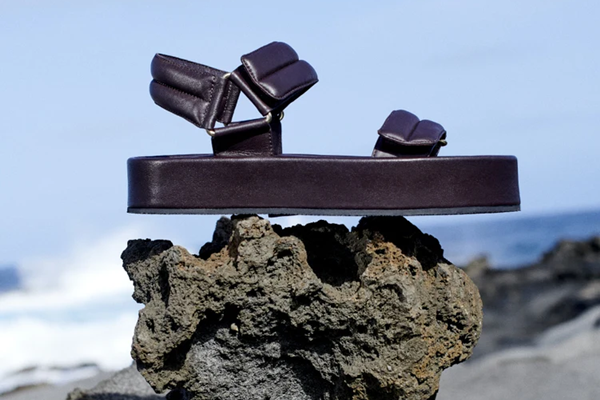Danielpowellconti Home
-
Sale!

Jigsaw Womens Coats | Arden Shell Parka Khaki
$195.00$79.00 Select options -
Sale!

Jigsaw Womens Knitwear & Cashmere | Merino V Neck Cardigan Navy
$127.50$86.00 Select options -
Sale!

Jigsaw Womens Knitwear & Cashmere | Metallic Rib Polo Neck Jumper Gold
$133.20$75.00 Select options -
Sale!

Jigsaw Womens Knitwear & Cashmere | Linen Cotton Embroidered Jumper Black
$127.50$86.00 Select options
Featured Products
-
Sale!

Jigsaw Womens Jewellery | Resin And Metal Hoop Earring Cream
$57.50$26.00 Add to cart -
Sale!

Jigsaw Womens Knitwear & Cashmere | Linen Cotton Embroidered Jumper Ivory
$170.00$86.00 Select options -
Sale!

Jigsaw Womens Party Accessories | Square Resin Ring Red
$66.60$38.00 Select options -
Sale!

Jigsaw Womens Knitwear & Cashmere | Cashmere Sparkle Crew Jumper Navy
$212.50$86.00 Select options



















